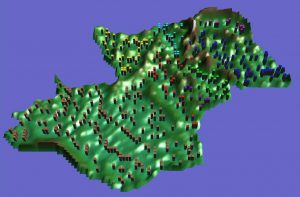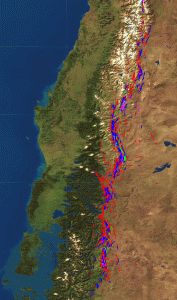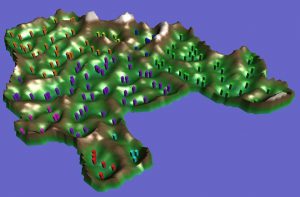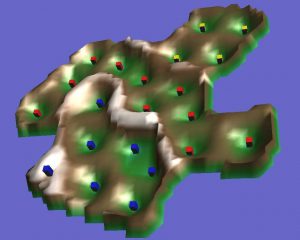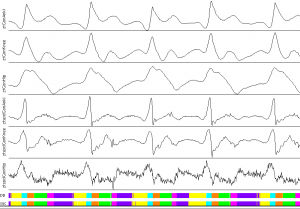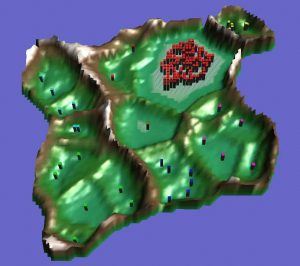Databionics Institute
Who we are
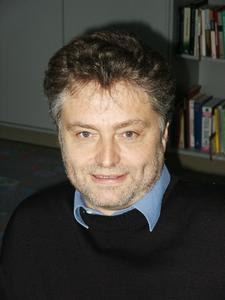
Prof. Dr. Alfred Ultsch is a known scientist working in the field of
Data Science for over three decades now. Starting with knowledge based Artificial Intelligence he moved to learning artificial neuronal networks. In the field of unsupervised structure detection in data using self organizing neuronal networks his invention, the U-matrix, has become became the standard visualization tool. Based on ideas from economics two of his ideas are well known in statistics and Data Science: the Pareto Density Estimation (PDE), a tool for the precise analysis of distributions and the calculated ABC analysis, which provides a concentration on the most important parts of a problem on mathematical grounds.
His major focus is always the practical usage of emergence. This
phenomenon occurs in complex natural and artificial systems and enables the “the whole is more than the sum of its parts” effect.
Marcus B. Schmelzer has more than 30 years experience in the IT industry. He held several top management positions at Unisys, Teradata, nCube, Siebel Systems and Vitria. As General Manager he developed Siebel Central Europe from zero to a multi-million dollar company. After Siebel, Schmelzer built up the European organization of Vitria Technologies as VP EMEA. Schmelzer studied Computer Engineering in Munich and Augsburg and completed an Executive MBA program in Cranfield/UK.

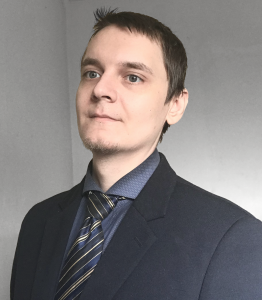
Florian Lerch got his Masters Degree in Computer Science at the Philipps University of Marburg for projects focused on Data Analysis. He gathered experiences in research and teaching within the Data Science field working as an assistant for Prof. Ultsch in the Databionics workgroup and in work for the Fraunberg Institute.
Lerch was involved in the development and publishment of various software packages targeted at data modelling and visualization, including the “Distribution Optimization” algorithm for which he received his Masters Degree.
Michael C. Thrun graduated in physics (Diplom) in 2014 and received his Ph.D. in Data Science from the Philipps University of Marburg in 2017. His research interests are centered around methods of dimensionality reduction, cluster analysis, data visualization, as well as unsupervised machine learning with a specific focus on swarm intelligence, self-organization, and emergence. He researched such methods for advanced analytics in Big Data and generating industrial applications in data science. Currently, he develops analytical procedures for explainable artificial intelligence. He is the CEO of IAP-GmbH Intelligent Analytics Projects
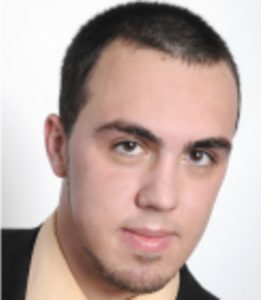
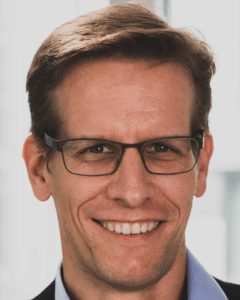
Boon Elschenbroich has more than 20 years of experience as software developer and architect. After studying computer science at the Augsburg University of Applied Sciences, he worked in the field of system integration for well-known software manufacturers throughout Europe.
Over the years he has gained experience as an Enterprise Solution Architect in several large projects in the USA, Europe and Asia. He has experience in various industries such as finance, telecommunications and aviation.
Our Services
Knowledge Discovery
Knowledge Discovery is the exploration of complex datasets with potentially unexpected results. Instead of testing your dataset for one specific hypothesis, it aims to find new connections and extracts useful and practical Knowledge from data.
It is a method for finding new solutions and practical improvements. With the amount of datasets many companies nowadays, Knowledge Discovery is the way to actually get completely novel information out of your novel and unique datasets.


Training and Consultation
We offer various courses for giving You and Your staff training in the modern art of data science. We break down all the fundamental skills involved into easy and actionable parts, giving You an intuitive understanding into whats actually possible nowadays.
We also provide you with general consultation services around your data.

Our Strengths

Comprehensible
We focus on visual and understandable results which break down complex connections into easy parts. Statistical results will always be brought into a comprehensible format.

Modern
Through our involvement in the scientific community, we apply algorithms, that are constantly evolving and keeping ahead on the state of the art. Whats possible changes every day, and we enjoy to be a part of this.

Safe
A lot of datasets contain private or confidential information which needs to be handled accordingly. We make sure that every data transfer is up to modern standards.
Previous Projects
